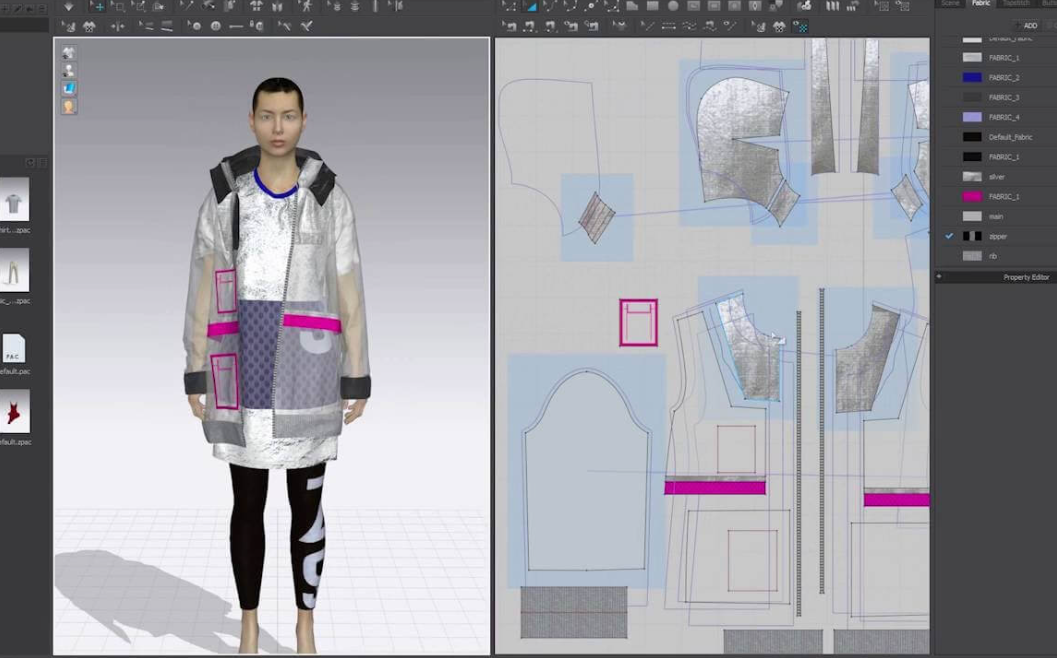While fashion has traditionally emphasized aesthetics and form, the industry is now embracing the logic and structure of industrial design. As digital tools like cad product design and automated CAM become more common, fashion brands are beginning to apply engineering principles to the way garments are constructed, tested, and produced. The result is smarter clothing—pieces that are not only beautiful but optimized for function, wearability, and durability.
This shift begins with a mindset change: from crafting art to solving problems. Industrial design teaches structure, ergonomics, and systems thinking, which are highly applicable to fashion. For example, a jacket can be evaluated not just for its silhouette, but for how it moves, ventilates, and adapts to the body. Through CAD design, these properties can be tested, refined, and optimized.
By combining CAD design software with simulation tools, fashion designers can build garments that function like engineered products. They can test joint articulation, evaluate load-bearing seams, and minimize material stress. This ensures that clothing performs as expected under real-life conditions—not just on a runway, but in everyday use.
Industrial design also encourages modular thinking, which supports efficient production. Components such as linings, pockets, and closures can be designed to be reused, replaced, or customized with ease. This not only increases production flexibility but also aligns with sustainable fashion goals, as garments become easier to repair or upcycle.
As brands face growing demand for performance wear, adaptive clothing, and tech-integrated garments, the line between fashion and product design continues to blur. The integration of cad product design, 3D CAD models, and automated CAM helps meet these challenges by supporting repeatable, scalable, and data-informed creation.
In this new era, fashion is no longer just an art—it’s an engineered system. With the right digital tools and cross-disciplinary knowledge, designers are empowered to build garments that are intelligent, inclusive, and built for the world they’ll live in—not just the show they’ll walk in.

